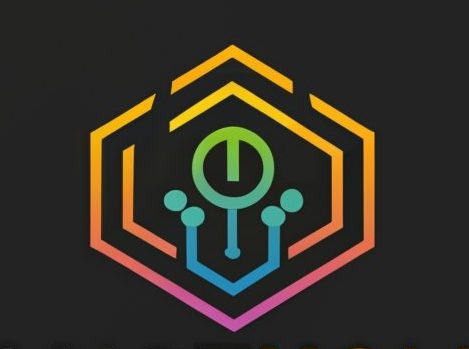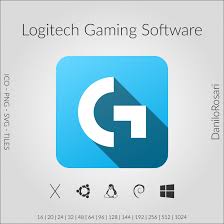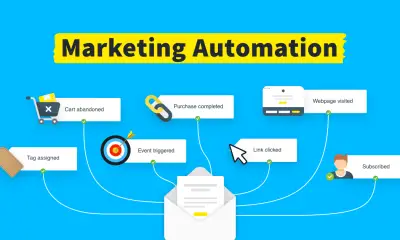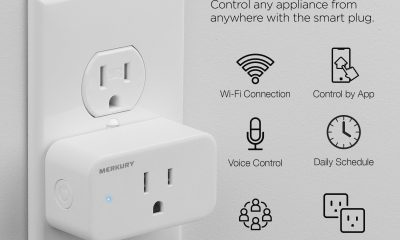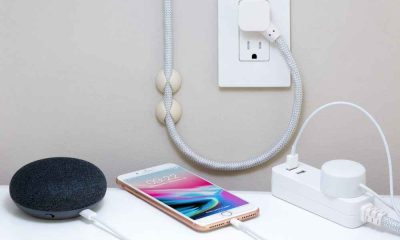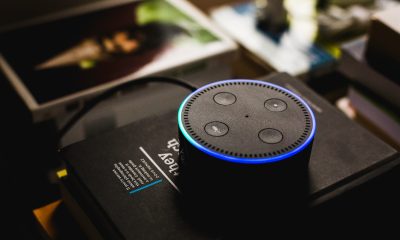Guides
Top Content Creation Tools for Quality & Efficiency in 2025
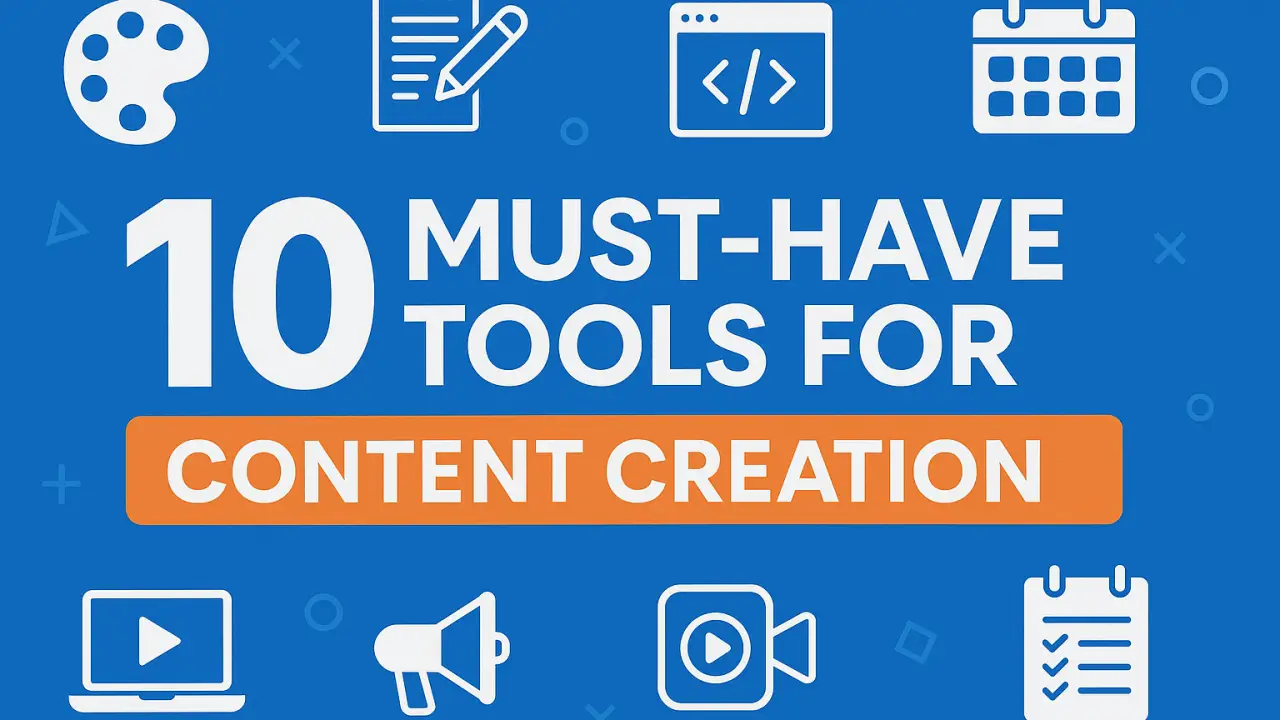
Introduction
In today’s fast-moving digital world, the demand for fresh, engaging, and trustworthy content is higher than ever. Whether you’re a blogger, marketer, social media manager, or entrepreneur, creating content that stands out is no easy task. It’s not only about being creative—it’s also about choosing the right tools that streamline your process, improve quality, and keep you consistent.
The best content creation tools empower you to write sharper copy, design eye-catching visuals, edit professional-looking videos, and optimize for SEO without needing to be an expert in everything. They also help align your work with Google’s EEAT principles—Experience, Expertise, Authoritativeness, and Trustworthiness—ensuring your content is not just appealing but also credible.
This guide explores the top content creation tools of 2025 across writing, visuals, video, audio, research, and AI. Each section highlights what the tools do best, who they’re for, and how they help you deliver content that truly connects.
1. Writing & SEO Tools
Great content starts with words. Writing tools not only improve grammar and readability but also help optimize content for search engines.
-
Surfer SEO – Ideal for long-form, SEO-optimized articles. It helps match your content with real user search intent.
-
QuillBot – A reliable rewriting and paraphrasing tool that refreshes text, adjusts tone, and supports multiple languages.
-
Hemingway Editor – Focused on clarity. It highlights complex sentences, passive voice, and readability scores.
-
Grammarly – Detects grammar mistakes, spelling errors, tone issues, and provides suggestions for polished writing.
These tools collectively ensure your content is error-free, easy to read, and designed for both people and search engines.
2. Visual & Design Tools
Visuals are essential for grabbing attention and making content memorable. Whether for blogs, social posts, or ads, the right design tools save time and improve professionalism.
-
Canva – User-friendly drag-and-drop design tool with templates for social graphics, infographics, and presentations.
-
Photopea – A free, web-based design tool with advanced editing similar to Photoshop, supporting multiple file formats.
-
Unsplash – Offers high-quality, royalty-free stock images to enhance blogs, websites, and social content.
Good visuals not only make content attractive but also improve engagement, shareability, and credibility.
3. Video & Audio Tools
Video and audio are growing fast as audiences prefer dynamic, interactive formats. Tools in this category simplify production without requiring professional studios.
-
Descript – A powerful tool that transcribes, edits, and removes filler words. You can edit videos by editing text.
-
CapCut – Great for creating short-form videos with AI features, auto-captions, and trending effects.
-
Animoto – Provides drag-and-drop video creation, perfect for marketers and small businesses needing quick promotional videos.
Using these tools, creators can produce engaging podcasts, TikToks, YouTube shorts, and explainer videos in a fraction of the time.
4. Research & Planning Tools
Good content is backed by solid research. These tools help identify trends, keywords, and questions your audience is actually asking.
-
Google Trends – Shows rising searches, popular topics, and regional insights.
-
AnswerThePublic – Maps out related searches and questions, making it easy to create user-focused FAQs.
-
BuzzSumo – Analyzes which topics perform best across platforms and what type of content drives shares.
-
Notion / Google Workspace – Excellent for planning editorial calendars, storing assets, and collaborating with teams.
By using research and planning tools, you can focus on creating content that is both timely and relevant.
5. AI-Assisted Tools & Automation
AI is transforming content creation. While it shouldn’t replace human expertise, it can speed up ideation, drafts, and repurposing.
-
ChatGPT, Jasper, or Copy.ai – Useful for brainstorming ideas, creating first drafts, and generating social copy.
-
HubSpot AI Tools – Helpful for creating content strategies, blog drafts, email marketing, and workflows.
-
Automation Platforms – Tools like Zapier or Buffer streamline publishing, scheduling, and sharing across platforms.
The key is to balance AI speed with human editing to ensure originality, factual accuracy, and alignment with EEAT standards.
How to Choose the Right Tools
With so many options, picking tools can be overwhelming. Use these criteria to decide:
-
Accuracy – Does the tool help improve credibility and reduce errors?
-
Customization – Can it match your brand voice and style consistently?
-
Ease of Use – Is the interface user-friendly or too complex?
-
Support – Does it have tutorials, active communities, and updates?
-
Scalability – Will it grow with your content needs?
-
Cost Efficiency – Is the pricing sustainable for your workload?
A good strategy is to start small with a few essentials, then expand as your content demands increase.
Practical Workflow Example
To see how these tools fit together, here’s a sample workflow:
-
Research – Use Google Trends and AnswerThePublic to find trending questions.
-
Drafting – Generate an outline or first draft with AI, then refine using Surfer SEO.
-
Editing – Polish grammar and readability in Grammarly or Hemingway Editor.
-
Visuals – Create social graphics with Canva and source free images from Unsplash.
-
Video – Turn blog snippets into short videos using CapCut or Descript.
-
Publishing & Scheduling – Plan content calendars with Notion or Google Workspace.
This integrated approach reduces stress, saves time, and ensures consistent, high-quality output.
FAQs
1. What are the best free tools for content creation?
Free tools like Canva (basic plan), Photopea, Unsplash, Grammarly (free version), and Google Trends are excellent starting points. They offer essential features without upfront costs, making them ideal for beginners.
2. How do content creators ensure EEAT when using AI tools?
Creators should fact-check outputs, cite credible sources, add personal experience, and refine tone. EEAT comes from showing expertise and authority, which AI alone cannot provide.
3. What tool is best for beginners in graphic design?
Canva is widely considered the best beginner tool thanks to its templates, drag-and-drop simplicity, and built-in brand kit features.
4. Which tools improve SEO during content creation?
Surfer SEO, AnswerThePublic, and BuzzSumo help with keyword insights, user intent, and trending topics. Coupled with readability tools like Hemingway, they enhance SEO and user experience.
5. How can I speed up content creation without losing quality?
Use templates, plan content calendars, repurpose existing content, and combine AI with human editing. A smart mix of automation and manual oversight maintains both speed and credibility.
Read More: Marketing Automation: A Complete Guide to Smarter Growth
Conclusion
Content creation in 2025 is about more than creativity—it’s about strategy, consistency, and trust. The right tools help you write with clarity, design with style, and publish with authority. They also ensure your work reflects EEAT: experience, expertise, authoritativeness, and trustworthiness.
Whether you’re just starting out or managing a full content team, adopting tools like Grammarly, Canva, Descript, and Surfer SEO can streamline your workflow and raise the quality of your output. At the same time, research platforms like Google Trends and BuzzSumo keep your content relevant, while AI assistants help speed up the process.
Remember: tools are there to enhance, not replace, human creativity. By combining them with your unique insights and voice, you’ll create content that not only ranks but also resonates. The future belongs to creators who balance technology with authenticity.
-
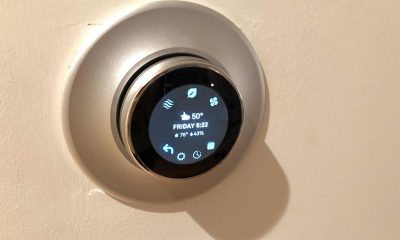
 Gadgets2 years ago
Gadgets2 years agoDoes Nest Thermostats Contain Cameras Or Microphones? Is It Safe For you?
-

 Guides1 year ago
Guides1 year ago10 Best Apps To Control All Your Smart Home Devices.
-

 Gadgets2 years ago
Gadgets2 years agoWhat Is The Purpose Of Red Button On The SimpliSafe Keypad?
-
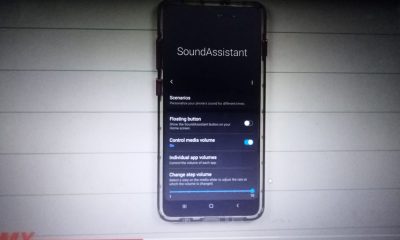
 Gadgets2 years ago
Gadgets2 years agoComplete Guide About Equalizer settings for Samsung-Soundbar
-
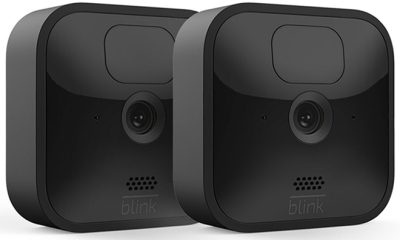
 Accessories2 years ago
Accessories2 years agoBlink Camera’s Temperature Sensor Settings, and More
-

 Solutions3 years ago
Solutions3 years agoWhy is My Samsung TV Picture So Dark? Exploring the Possible Causes
-
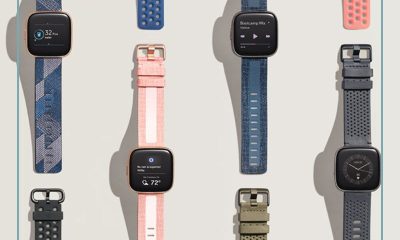
 Gadgets3 years ago
Gadgets3 years agoFitbit Symbols Meaning: What Do The Fitbit Icons Mean?
-

 Solutions3 years ago
Solutions3 years agoHow to Connect Your Vizio TV to WiFi Easily Without a Remote?
